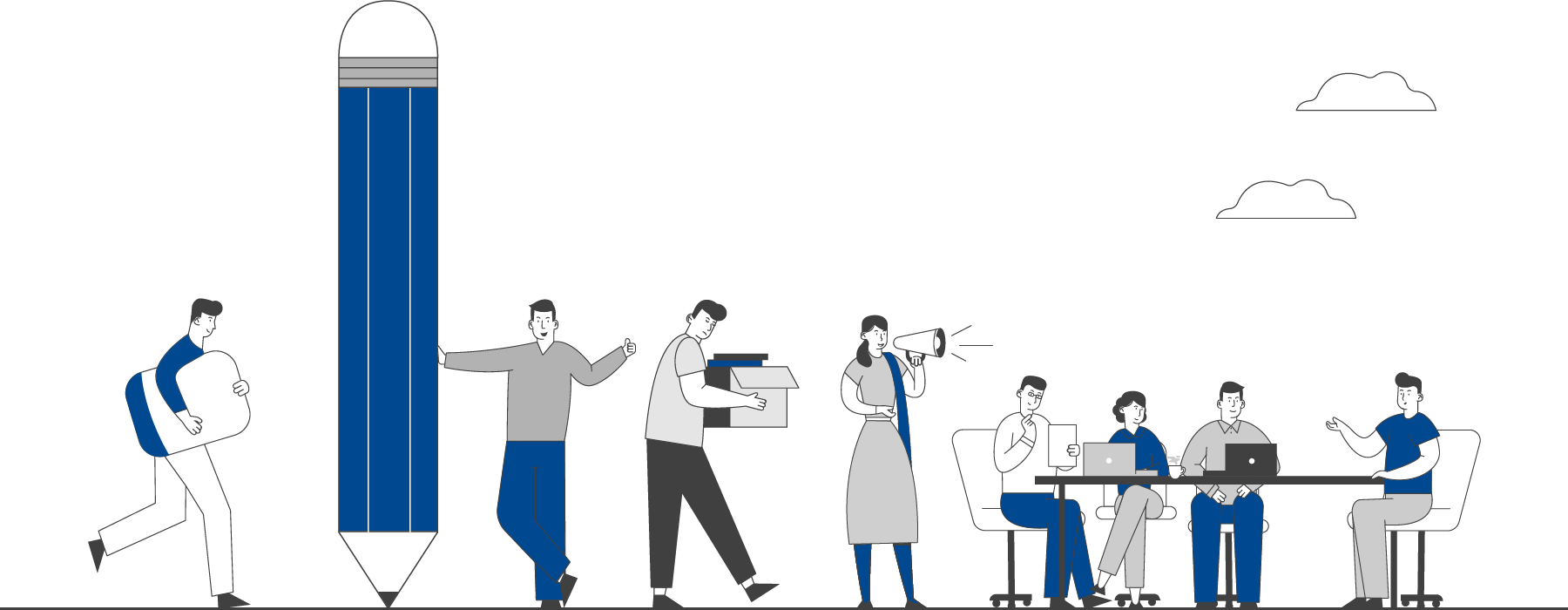

This section presents actionable insights for practitioners from our collaboration of experts.
Analysis
FILTER
BY CATEGORY
View All
Whose Reality Is It?
27 Jun 2020by Siddhi Mankad 3 min read
An oft-made fallacy in development interventions is the conviction that we have ‘engaged’ with communities and ‘understand’ their needs.
No! This does not imply that we are purporting a falsehood, rather, that our ‘engagement’ and ‘understanding’ could be colored by our meanings, definitions and experiences — leaving a gap between what we think is, and what really is!
Robert Chambers, the father of participatory methodologies, points out that in many countries, urban and rural people alike have shown an astonishing ability to express and analyze their local, complex and diverse realities which are often at odds with the top-down realities imposed by professionals. Social development interventions are now recognizing this truth and making strides towards involving communities in planning interventions. The Centre for Catalysing Change (C3), engaged 150,000 women across India in a study on the quality of maternity care. Their findings gave them much to consider and reflect upon. They learned that their assumption that women had access to maternity care, and that improving the quality of care was their key concern, was wrong: The majority of women spoke of the access itself while sharing what matters to them in the quality of maternity care. While the health fraternity had moved on to quality, large swathes of women still struggled with access. On respectful care, clinicians' and policymakers' points of views were divergent from women’s perspectives, the latter describing disrespect as having to share a bed or stretcher, or being abandoned during labor; things that were not on the minds of the professionals. Swasti Health Catalyst, while drawing up its project Pragati on the empowerment of women in sex work, learned that fear of contracting HIV was rather low among women’s priorities when they discussed safe sex. Their concerns were more related to financial insecurity, exploitation by families, partners and police, and difficulties in securing entitlements. These insights meant that the agenda — to reduce the prevalence of HIV — would not be successful unless the gamut of issues that women faced in having safe sex were also addressed: Issues that went well beyond the provision of health products and services. Swasti, therefore, engaged with multiple partners to address these varied needs and built health services — of awareness generation, STI and HIV testing, condom provision — as components within a much larger empowerment initiative, rather than as its central focus.
Photo courtesy: Swasti Health Catalyst
These examples underscore the necessity to unshackle the perspectives of development service providers and align them instead with the self-articulated needs of communities. It is clear that involving communities in research or design involves a certain depth of engagement that requires us, as planners, to:
First and foremost, recognize our own biases that could result in misinterpretation or misunderstanding of the issue; or emanate cues that prevent communities from being open in their interaction.
Understand that our agenda maybe just that — ours! If vulnerabilities faced by the communities we wish to work with are not addressed, we may not reach the desired outcomes. This requires strong partnerships.
Listen keenly to what communities are saying and probe to understand the meanings behind their words. Asking communities to share stories is a good way to build clarity on experiences and contexts, that may otherwise be lost to planners.
Be alert and observant during interactions to notice any reluctance or discomfort, which would mean that the issue may not be properly examined and may require different ways of investigation.
Ensure follow-up of the initial engagements with action to earn communities’ trust.
Siddhi Mankad is a Social and Behaviour Change Communication lead at Catalyst Management Services.
Categories
SBCC

 EXPLORE DATA
EXPLORE DATA 



























